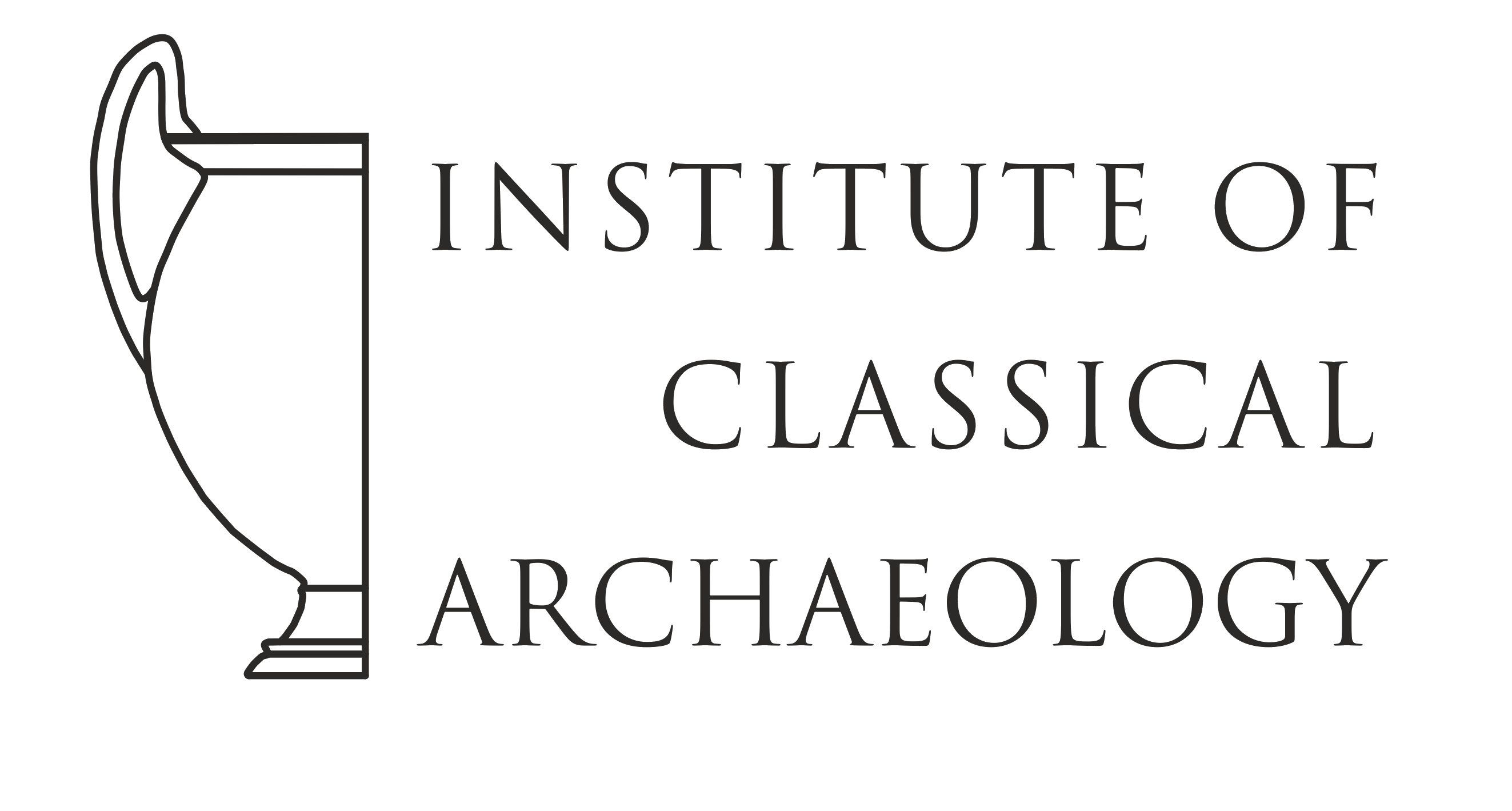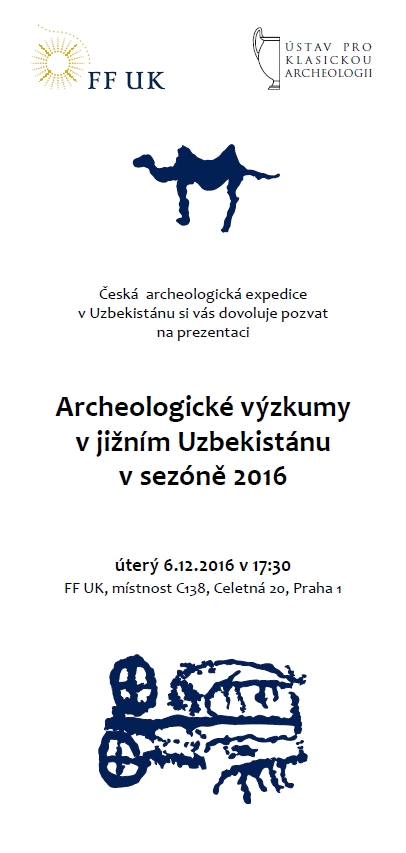Welcome candidates! For a quick overview, please see the How to Apply portal at the Charles University web page, with requirements, links to degree programs, and deadlines, as well as the specific Faculty of Arts Admissions Procedure.
If you are applying to a degree program with a diploma from a foreign university or educational institution, please see further information on how Charles University recognizes such diplomas.
In accordance with the Bologna system, there are currently three study program tiers offered at the Institute of Classical Archaeology:
| Bachelor's degree in Classical Archaeology |
3 years | Bc. (equivalent to BA) |
| Master's degree in Classical Archaeology |
2 years | Mgr. (equivalent to MA) |
| Doctorate in Classical Archaeology |
usually 3 years | PhD. |
Certain programs are available both as single degree and can be combined with a second degree, while others can only be studied in combination and are not available as single degree program.
For most of the Bachelor’s and Master’s programs, subjects are taught and examinations taken in Czech. Nevertheless, an ever-growing number of Departments offers courses in English and other major languages (for some, it has been the rule for many years) and for doctoral programmes, depending on the subject, knowledge of Czech may not be a prerequisite at all.
Studying at the Institute of Classical Archaeology
The institute currently teaches courses related to the study of Bronze Age art and archaeology in the Aegean, Greek archaeology (the first part of the course focuses on the formation of Greek culture, architecture and art from the early Iron Age to the Archaic Period – including the cultural sphere of Magna Graecia – while the second part concentrates on the Classical Period of the 5th-4th centuries B.C.); the Hellenistic Period and the diffusion of Greek culture in the Mediterranean, Black Sea and western Asia. The archaeology of Italy maps prehistoric cultures and emphasizes the development and growth of Etruscan society and culture. Roman archaeology analyzes the developments in Italy during the Republic and subsequently the archaeology of the Roman Empire. In addition to this basic framework of archaeological knowledge, students will also be introduced to the topic of contacts between the Graeco-Roman world and neighboring areas in the Black Sea area, the Middle East and Central Asia. A course in Roman provincial archaeology focusing on the European provinces in the 1st – 4th centuries A.D. serves to broaden this perspective. This body of knowledge is further expanded by lectures on ancient topography, ancient history and culture, architecture and technology. Students will also become acquainted with the basics of fieldwork, methodology and current trends in archaeological practice.
Master’s degree students may focus their studies on several specializations. Apart from the art and archaeology of Antiquity (that is, Greece and Italy) itself, these are: relations between Central Europe and the Mediterranean, relations between the Mediterranean and the Middle East/Central Asia, Roman provincial archaeology, and traditions of Antiquity in art and architecture.




